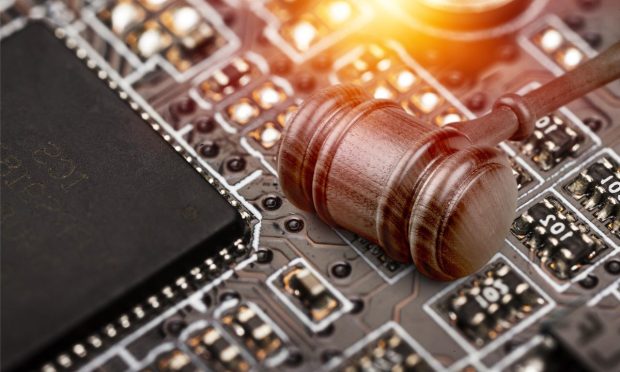Hill Hearing Spotlights Divide, and Competition, Between CBDCs and Stablecoins

In crypto-land, a few stark divisions are taking shape: between cryptos like bitcoin, stablecoins and central bank digital currencies (CBDCs).
We might have seen a bit of a shot across the bow Wednesday (Dec. 8), though not explicitly stated, between stablecoins and CBDCs, lobbed when half a dozen crypto executives came to Capitol Hill. As noted yesterday, the hearing before the House Committee on Financial Services included a range of topics — touching, not surprisingly, on policy and regulation, and the role of stablecoins amid the rapid digitization of financial services.
Read here: Six Crypto Execs Warn Congress Not to Overregulate Crypto
In reference to stablecoins, Circle CEO Jeremy Allaire said yesterday that stablecoins could do much to help cement the dominance of the U.S. dollar on the world economic stage. Stablecoins, he said, which are backed by liquid assets (in the case of USDC, by cash and U.S. debt), will likely outpace CBDCs. To that point, he noted that stablecoin transactions have numbered in the trillions, of dollars, China’s digital yuan has trailed with only a few billion dollars’ worth of transactions.
Allaire’s take on CBDC seems to have been telegraphed by May Twitter postings, in which he said that “by the end of this year, the world will have figured out that CBDC is a mirage, that crypto and public chains and private sector innovation is the future, and policy will shift towards public/private cooperation around global stablecoins.”
Boosting Dollar Dominance
Wednesday’s Hill hearing, and remarks on stablecoins’ ability to further dollar dominance, sends a bit of signal to the Fed: the private market has got the digital dollar down pat, thanks very much. The central bank? Well, the Fed can do what it does best — work on monetary policy and work on issuing paper money. Allaire said yesterday, too, that stablecoins are “safer” than dollars that are kept in bank accounts, due in part to the risks tied to fractional reserves and lending those dollars out into the economy at large. In short, the private market itself can do a good job of shoring up the safety of a dollar-backed economic system.
As he stated in his testimony to lawmakers “the dollar-denominated reserves backing USDC are held conservatively in the care, custody and control of the U.S. regulated banking system. These are strictly held in cash and short-duration U.S. treasuries and we have consistently reported on the status of these reserves and their sufficiency to meet demands for USDC outstanding with third party attestations.”
Stating that the private market can do much to assure U.S. dominance also implies that the Fed need not be granted additional “powers,” so to speak. Fed Chair Jerome Powell is already on record as having stated that with a CBDC, “you wouldn’t need stablecoins.” Banks, in turn, might be skeptical of CBDCs, given the risk of disintermediation, where clients might opt to move funds into CBDC and away from bank accounts.
Bright lines are being drawn in the cryptocurrency sphere, with a possible clash looming between CBDCs and stablecoins.
Read also: No Plans to Ban Crypto in US – But Digital Dollar May Eventually Win Out
